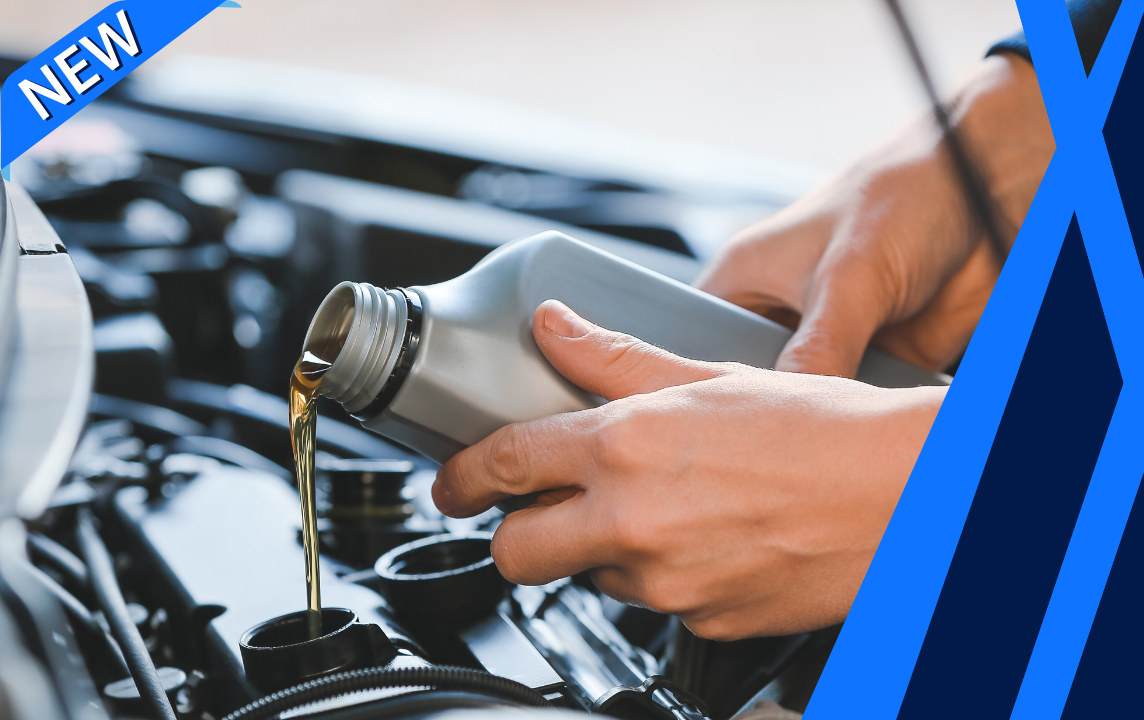Description
Cruise control is not working Inspection
How this system works:
Cruise control systems have changed as cars have become more modern. Newer cars use a fully electronic setup to maintain speed and may be able to maintain speed and distance behind the car in front of you. These systems are controlled through the vehicle’s computer or ECU (electronic control unit). Older cars may use what is called electromechanical cruise control. In this setup, a vacuum actuator is physically connected to the throttle by a cable or chain. The cable adjusts to increase or decrease throttle position based upon the actions of the actuator. A mechanic will let you know what kind of setup you have on your vehicle.
Common reasons for this to happen:
- Bad Fuse: Like many electronically controlled systems in your car, the cruise control has a corresponding fuse which will blow to protect the system if it senses a short circuit. When the fuse of for the cruise control blows, the cruise control will stop working altogether.
- Failing Brake Pedal Switch: The brake pedal switch turns on the vehicles brake lights when it senses that the brake pedal has been pressed. Because cruise control systems have been designed to disengage when the brake pedal is pressed, the cruise control is wired to the brake pedal switch. If the brake pedal switch fails, the car may think the brakes are engaged and not allow the cruise control system to turn on.
- Failing Speed Sensor: A speed sensor has many purposes, including indicating the vehicle’s speed, regulating fuel flow and ignition timing, and operating the cruise control. If the speed sensor fails the cruise control may stop working. You may also notice that the speedometer has stopped working and the engine has more difficulty when idling.
- Damaged Vacuum Actuator/Hoses/Cable: Cruise control speed is maintained using a vacuum actuator and a cable connected to the throttle in older vehicles. A vehicle’s cruise control may stop working if the vacuum actuator has stopped working or if there is damage to the vacuum hoses. The system may also fail if the cable linking the actuator to the throttle is broken.
What to expect:
A top-rated mobile mechanic will come to your home or office to determine the reason why your vehicle’s cruise control system has stopped working. The mechanic will then provide a detailed inspection report outlining the nature of the system failure and the cost of any repairs that need to be made.
How it’s done:
The mechanic will first want to connect to the vehicle’s ECU through a code reader/scanner. This will allow the mechanic to read and trouble codes and better diagnose what component may have failed.
If the mechanic determines that there is a bad fuse, he or she will find the corresponding fuse for the cruise control system to see if it has failed. If the fuse has blown, the mechanic will remove it and replace it with a fuse rated for the correct amperage.
If the mechanic believes that the brake pedal switch has failed, he or she will examine the switch to check for any superficial damage. The mechanic should then check the wiring connected to the switch and change it if necessary. When the switch has been replaced, the mechanic should make sure that both the brake lights and the cruise control system are working properly.
To check the speed sensor, the mechanic will have to get underneath the vehicle. While underneath, the mechanic will find the sensor and examine it and the surrounding wires for damage. The mechanic will then replace the sensor and check the wires going from the sensor up to the speedometer and cruise control switches to ensure they are not frayed.
If the mechanic believes that the vacuum actuator or the corresponding hoses and cable have failed, he or she will open the hood and locate the actuator. The mechanic will first check the hoses and cable to make sure that they are in good working order. He or she will then replace the actuator as necessary.
In all of these repair scenarios the mechanic will ask to test drive the vehicle to make sure that the cruise control is working properly. He or she should also use their code reader/scanner to clear any trouble codes that may have been produced when the cruise control system was not working.
How important is this service?
A failed cruise control system can be a signal that other repairs may need to be made soon. By examining the cruise control, the mechanic is likely also to inspect other systems on the car, including the brake lights and speedometer. While driving without cruise control may be an inconvenience, a sudden failure of the cruise control system could be potentially dangerous for a driver who is not vigilant. If you notice that your vehicle’s cruise control has stopped working, you should have a mechanic check it to determine the nature of the problem.




